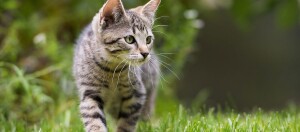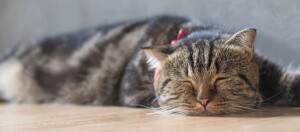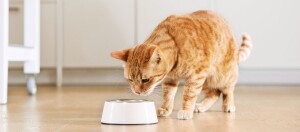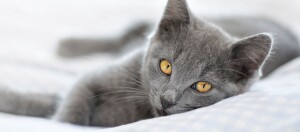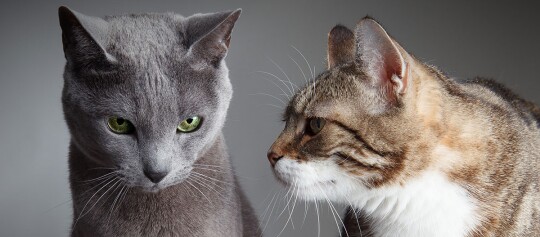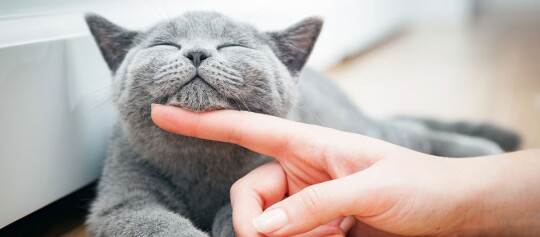Getting a cat: everything you will need
01.07.2024 - Reading time: 6 minutes
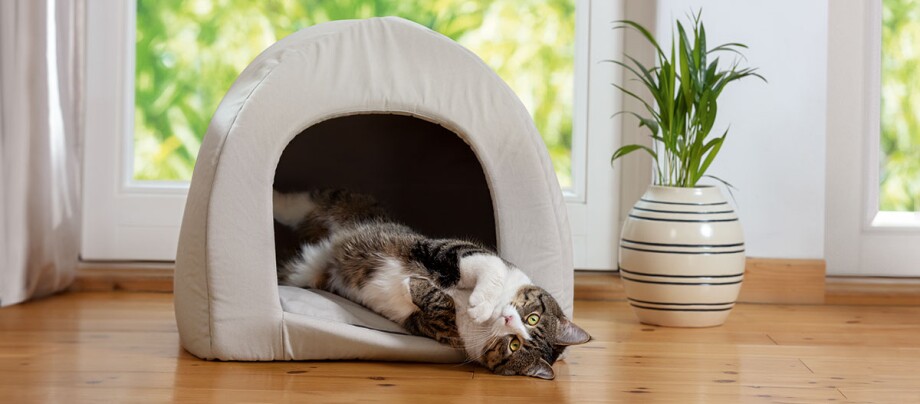
Cats are just like babies: Before they arrive, you need to prepare your home to ensure the new member of the family can have the best possible start in life. Your four-legged friend should have everything they need for their day-to-day life - if anything important is missing, then the hectic dash to go shopping will only unsettle them during the initial period of getting used to their new home. Read on to find out what you will need to have ready for the arrival of your new cat.
We have put together a check list of the basic equipment you will need
The following items should be on your shopping list when visiting the pet shop:
-
• Cat transport carrier for safely bringing your cat home
• Feeding bowls and water bowls
• Litter trays
• Scratching tree
• Somewhere to sleep – cave, basket or bed
Consumables:
-
• Food (complete feed and treats)
• Cat litter
• Cat grass
Hygiene and care articles are also important, such as
-
• Flea and tick control
• Fur brush and comb
• Cat litter scoop
and small items such as
-
• Toys
• Additional cushions and blankets
What feeding equipment do I need?
Cats have sensitive stomachs. You should therefore start off using the same food as used by the breeder or animal home. This will ensure that the stress of getting used to their new surroundings will not be accompanied by an upset stomach. Later on, you can ween your cat onto a different brand. Do bear in mind that cats can be picky eaters when it comes to trying something new.
As well as food, you will need appropriate bowls. If you will be providing both wet and dry food, then you will need separate bowls for each. You then need a third bowl for water. The number of bowls needed multiplies if you have more than one cat in the house. Each cat needs its own “dinner service”. Bowls made of stainless steel or ceramic are good choices: They are easy to clean and hygienic. Plastic bowls are not as good for long-term use. This is because, even with careful cleaning, the plastic tends to absorb food odours and can potentially trigger contact allergies. The shape of the bowl should be adapted to the shape of your cat’s face. Cats with shorter noses tend to prefer flat bowls. Rule of thumb: The bowl must not be so small that their whiskers touch the sides.
Bowls should have a non-slip rubber base or be placed on a suitable non-slip mat. This prevents bowls from sliding around and spillages are easier to clean up. Consider placing food and water bowls in different rooms if possible. This prevents water from getting contaminated with bits of food. Many cats also prefer to quench their thirst in a different place from where they eat.
What cleaning and care equipment do I need?
Our furry friends also need a toilet. Cat litter trays are available in various designs and price categories, in various forms, with and without covers and doors. The best option for your cat is something you will need to figure out over time. To get started, you should select a model that is most similar to the litter tray used in the cat’s previous home and is large enough for them. It is important to start out using the type of litter familiar to your cat: An unfamiliar consistency or unknown odour can upset your cat while it is settling in, causing them to avoid using the tray, even though they may already be house trained. Changing the type of litter is something that can be done later on.
You will also need a scoop to go with your litter tray. When it comes to body care, cats are very uncomplicated: Cats are clean animals and take care to look after their body. If you have a long-haired breed, and for any cat during the moulting season, you should help them out by giving them a brush. Many cats enjoy being brushed as a kind of wellness treatment. You should always keep a claw trimmer to hand: If your cat’s claw tend to get excessively long without being naturally worn down enough, you should clip the claws before your cat ends up getting their claws caught in things, which can be painful for them. It is critical that you do not damage blood vessels when clipping claws. If you feel uncertain about clipping the claws yourself, please go to your vet.
Comfort and play: What cat furniture do I need?
Cats spend a large part of the day sleeping. Special attention should therefore be given to selecting a bed. Cats generally prefer to sleep in places where they are hidden away – cat caves or a basket with high sides for example. Cats like to rest against the sides while sleeping or taking a nap as it gives them a feeling of safety. Cat beds, baskets, caves and sofas are available in almost any shape, size and material you can imagine. Keep hygiene in mind: Your cat bed must be easy to clean and textiles should be washable.
Another important element for homes with cats is the scratching tree: This is a mixture of comfortable space, pedicure aid and playground. It should be placed in a fairly central location within your home so that your cat can watch over their whole territory from it. Various surfaces to lie on and caves provide good lookouts. The scratching surface is important for your cat to sharpen their claws. Do not underestimate the importance of somewhere to scratch – your furniture will thank you.
You should consider placing additional scratching boards around your home in addition to the scratching tree. These scratching trees are also available in every possible form and price category. Last but not least, your cat needs toys. Classic toys include balls, small stuffed animals suitable for pets and rods with furry toys or feathers dangling from them. The most important thing for your cat, however, is the person that is playing with them.
You will also need a scoop to go with your litter tray. When it comes to body care, cats are very uncomplicated: Cats are clean animals and take care to look after their body. If you have a long-haired breed, and for any cat during the moulting season, you should help them out by giving them a brush. Many cats enjoy being brushed as a kind of wellness treatment. You should always keep a claw trimmer to hand: If your cat’s claw tend to get excessively long without being naturally worn down enough, you should clip the claws before your cat ends up getting their claws caught in things, which can be painful for them. It is critical that you do not damage blood vessels when clipping claws. If you feel uncertain about clipping the claws yourself, please go to your vet.
